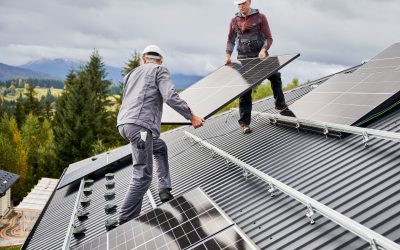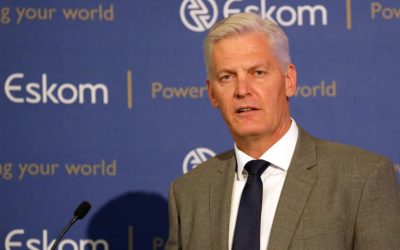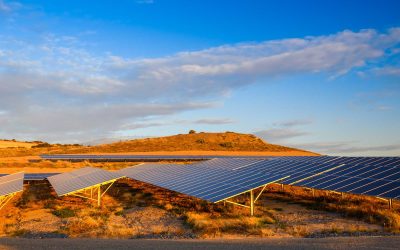Daily Maverick reports that Eskom is trying to “stop residents in Mafube Municipality from implementing “voiding”, the process of using alternative, non-state-sponsored energy to make up for energy deficits as in the case of load shedding.” [1]
Basically, this municipality has a large installation of solar panels, operated by a private company, Rural Maintenance Free State (RFS). RFS also manages the electricity distribution network in this municipality and they have been able to reduce the amount of load shedding experienced by this municipality significantly.
Eskom’s Claim
Eskom is not happy with this setup and is taking RFS to court on the matter to get them to stop providing power to the municipality during load shedding. Absurd. Eskom is having an electricity supply issue. Generation capacity is not enough. This company has added generation capacity to the grid. Instead of looking for ways to benefit from the installation, Eskom wants to shut them down.
In addition, Eskom’s reasons for wanting to shut them down are nonsensical and have simple solutions. Eskom’s main issue is that if the installation is kept online it will set a precedent. This will make more municipalities want to follow suit, Eskom would lose its ability to manage the grid, and this, according to Eskom, could lead to a national blackout.
Simple Solutions
Firstly, if more municipalities follow suit, this would mean more generation capacity coming online. The electricity supply issue would be eased with every installation. Again, it’s absurd that Eskom is trying to stop generation capacity from coming online. Do they want us to wait 15 more years for another Medupi and Kusile disaster?
Secondly, there are several measures at our disposal before we have a national blackout. These municipalities can be isolated from the national grid when they have sufficient power, preventing a surge in demand when the sun and wind drop. There can also be a direct communication link to Eskom so that Eskom is aware that the demand will be increasing due to the sun going down or the wind dying. With weather forecasting, this is not difficult, both for the municipality and for Eskom.
Also, there is the option for automatic load shedding. Eskom already has a mechanism for automatic power cuts to customers when the demand and supply gap widens too rapidly. If a municipality has too sharp of an increase in demand, due to a drop in solar or wind power, Eskom can automatically load shed that municipality. RFS intends to implement battery storage in Mafube. If other municipalities do this as well, these incidents would be rare.
Lastly, instead of complaining that the grid would become unmanageable, why not put measures in place that would make the grid manageable regardless of an increase in renewable energy generation? Instead of dreaming about another Medupi, Kusile, or Koeberg (nuclear), Eskom can let the private sector keep adding renewable power to the grid while they (Eskom) focus on building capacity for managing the variable generation from wind and solar. This includes flexible generation, such as gas-to-power, it includes storage, such as batteries and hydrogen, and it includes grid-stabilizing plants, such as synchronous compensators (which could be implemented at decommissioned Eskom plants).
The bottom line is this: adding generation capacity improves the state of the country’s power system. It is not a threat. Eskom has been incapable of providing sufficient generation capacity. Now, they must provide the supporting infrastructure for those who are capable. Get used to your new job, Eskom: Transmission System Operator.
References:
[1] Evans J., Gonzalez Blanco Serrano N. “Small Free State town in high court battle with Eskom over use of solar energy to reduce load shedding”. Daily Maverick. Online. Available at: https://www.dailymaverick.co.za/article/2023-04-06-frankfort-battles-eskom-over-use-of-solar-to-reduce-load-shedding/ (Accessed 12 April 2023)













